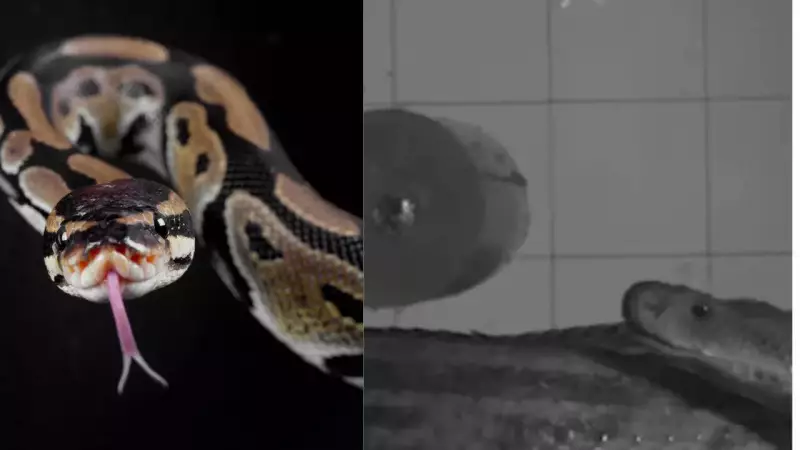
In a revolutionary study that could change our understanding of predator-prey dynamics, scientists have successfully captured the intricate details of how venomous snakes execute their deadly attacks. Using cutting-edge 3D slow-motion technology, researchers are now revealing the astonishing precision and speed that makes these reptiles such effective hunters.
The Art of the Strike: Precision in Motion
The research team employed high-tech cameras capable of recording thousands of frames per second, combined with sophisticated 3D modeling techniques. This powerful combination allowed them to deconstruct every millisecond of a snake's strike, revealing movements too fast for the human eye to perceive.
What they discovered was nothing short of remarkable: venomous snakes don't just lunge randomly at their prey. Instead, they execute carefully calculated strikes with mathematical precision, adjusting their attack angle and venom delivery system in real-time based on the target's movements.
Nature's Perfect Hunting Machine
The study highlights several key findings about snake predation tactics:
- Lightning-fast reflexes: Some species can strike and return to their original position in under 100 milliseconds
- Adaptive targeting: Snakes continuously adjust their aim during the strike itself
- Optimal venom delivery: The angle and depth of fang penetration are precisely controlled
- Energy efficiency: Maximum damage with minimal energy expenditure
Implications Beyond the Laboratory
This groundbreaking research isn't just academic curiosity—it has real-world applications that could save lives. Understanding exactly how venomous snakes deliver their bites could lead to:
- Improved antivenom treatments by understanding venom delivery mechanisms
- Better protective gear for people working in snake-prone areas
- Advanced robotics inspired by snake strike efficiency
- Enhanced snakebite first aid protocols based on actual strike dynamics
The research team continues to analyze their 3D models, hoping to uncover even more secrets about these fascinating predators. As one researcher noted, "We're just beginning to appreciate the sophistication of what appears to be a simple strike."
This study represents a significant leap forward in herpetology, providing unprecedented insight into one of nature's most efficient—and feared—predation techniques. The detailed 3D slow-motion footage is changing how scientists understand these remarkable creatures and their place in the ecosystem.





